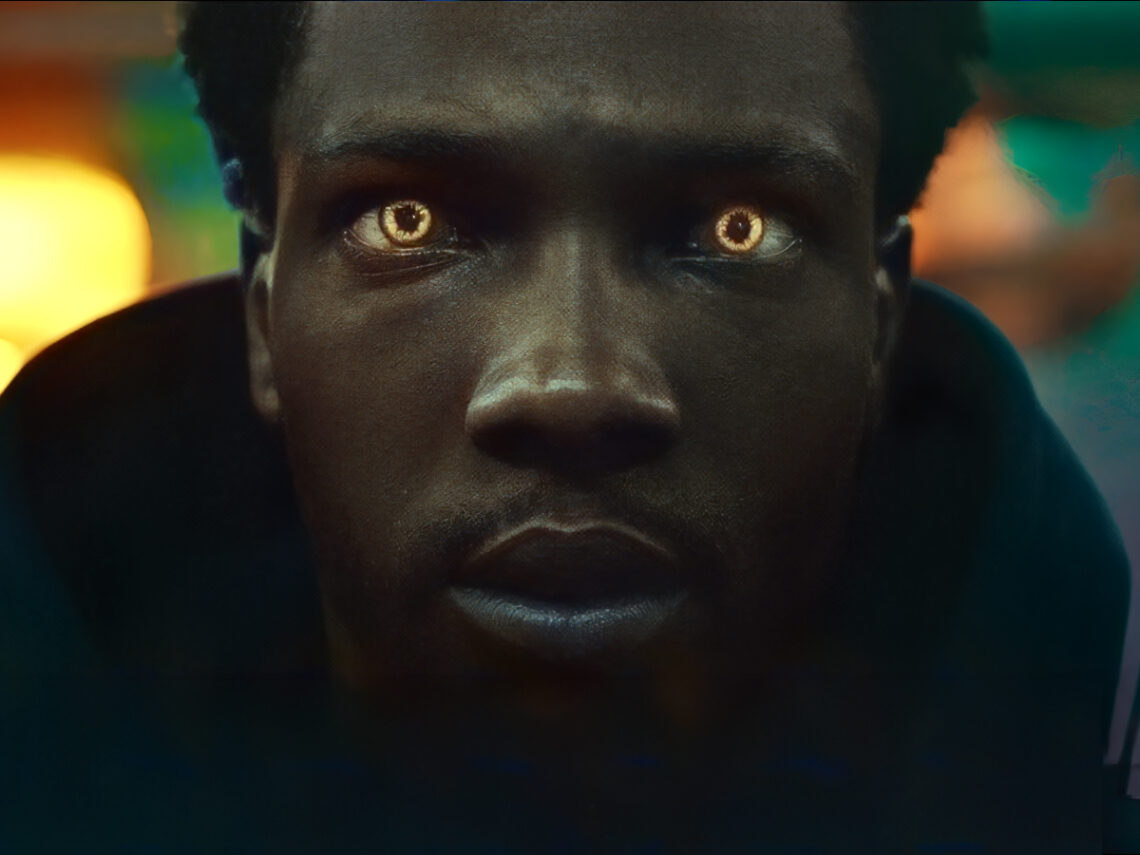
‘Supacell’ explained: What gives the five heroes their powers?
Supacell is perhaps best described as Britain’s answer to satirical superhero series The Boys, with the underlying question of black oppression replacing a similarly brutal depiction of corporate exploitation. Nevertheless, we also see each of the main characters of the new Netflix show suffer their own form of exploitation, which acts as a catalyst for the manifestation of their respective superpowers.
Andre is desperately trying to scrape enough money together to make alimony payments so he can see his son, until he accidentally unleashes superstrength when he punches an ATM. The whole wall around the machine collapses, giving him access to all the cash he needs.
Michael is in mortal danger when he’s attacked by an armed gang while delivering a parcel to a tower block until he becomes able to turn back time and avoid the confrontation. Sabrina finds out she’s being used and cheated on by her boyfriend, and she and her sister fall prey to a sexual predator, before she discovers telekinetic powers to protect herself from men.
Rodney is stuck chasing drug deals to make ends meet until he learns he has super speed. Tayo, known as “Tazer” in gangland, is faced with death at the hands of a rival gang until he unlocks the power to become invisible.
But how did they get these powers?
In the final three of Supacell’s six episodes so far, these five protagonists find one another and realise they’re up against a mysterious enemy. We see several coincidences involving the loved ones of these characters and sickle cell disease, too.
Sickle cell disease is a debilitating type of blood-related genetic disorder that causes a mutation in the shape of red blood cells, often with deadly effects. Only half of sufferers currently survive beyond the age of 50. The aspect of the condition which is crucial to the plot of Supacell is that sickle cell disease disproportionately affects those of Sub-Saharan African heritage.
Yet the show transforms a disease which appears to prejudice the black population in a negative way into the basis for a supernatural advantage. In the final episode, a leading member of the enemy organisation, apparently targeting those with special powers, explains their connection with sickle cell disease to Andre.
“Supacell is a mutation of sickle cell,” he says. “It’s very rare, and even if you have it, it can lay dormant in your body forever.” For Andre and his fellow supacelled heroes, though, the mutation has manifested itself in their powers. The reason for this occurrence? “Close proximity with another activated supacell is most common,” Ray adds.
And so, through the sheer coincidence of meeting one another, as well as other supacells, the five heroes of the series have been able to harness the superpowers that go with this special mutation in their blood cells. They can use them to fend off adversaries, change the present and potentially rewrite the future.
But are the powers enough to save their loved ones? In some cases, we’ll have to wait until the next season of Supacell to find out. And based on the success of season one, that should be on its way soon.